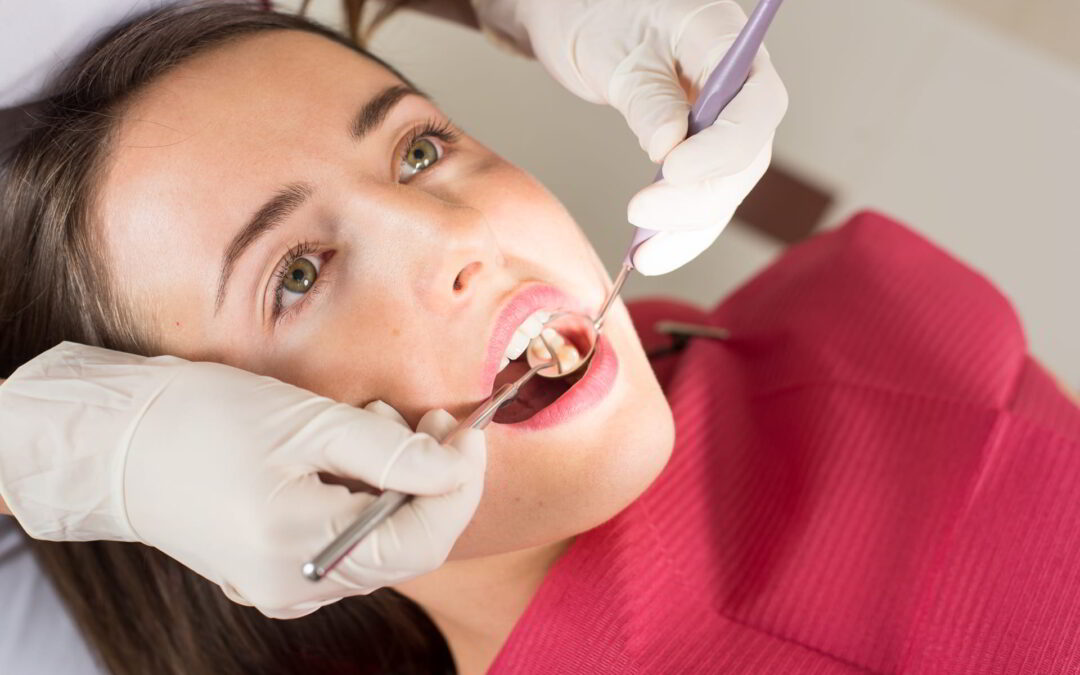When it comes to maintaining a healthy lifestyle, dental care often takes a backseat to diet and exercise. However, oral health is an integral part of overall well-being. Neglecting it can lead to a variety of problems, from gum disease to cardiovascular issues. In this article, we’ll delve into the most common dental care practices that everyone should incorporate into their routine, including the all-important annual checkup.
Why Dental Care Matters
Before we get into the specifics, it’s crucial to understand why dental care is so important. According to the Centers for Disease Control and Prevention (CDC), poor oral health can lead to severe chronic conditions such as diabetes, heart disease, and stroke. Moreover, oral diseases—which range from cavities to oral cancer—cause pain and disability for millions of Americans each year.
1. Brushing: The Cornerstone of Dental Care
The American Dental Association (ADA) recommends brushing your teeth twice a day with fluoride toothpaste. Brushing removes plaque, a film of bacteria that clings to teeth and gums. When plaque accumulates, it can lead to dental issues like cavities and gum disease.
Tips for Effective Brushing:
- Use a soft-bristled toothbrush to avoid damaging your gums.
- Brush for at least two minutes, covering all surfaces of each tooth.
- Replace your toothbrush every three to four months, or sooner if the bristles are frayed.
2. Flossing: Your Best Defense Against Gum Disease
Flossing might seem like a chore, but it’s essential for a healthy mouth. The ADA suggests flossing once a day to remove plaque and food particles that your toothbrush can’t reach. According to a study by the National Institutes of Health, flossing regularly can reduce the risk of periodontal disease by up to 40%.
Tips for Effective Flossing:
- Use about 18 inches of floss, winding it around your middle fingers and holding it taut.
- Gently slide the floss between your teeth, following the curve of each tooth to avoid damaging your gums.
- Use a clean section of floss for each tooth.
3. Mouthwash: An Extra Layer of Protection
While not a substitute for brushing and flossing, using mouthwash can provide additional protection against bacteria. The ADA states that antimicrobial mouthwashes can help reduce plaque and prevent gingivitis.
Tips for Using Mouthwash:
- Swish for 30 seconds to a minute.
- Do not eat or drink for at least 30 minutes after using mouthwash to allow the fluoride to fully coat your teeth.
4. Annual Checkup: A Must for Everyone
An annual dental checkup is crucial for maintaining oral health. During this visit, your dentist will perform a thorough examination of your teeth, gums, and mouth. According to the Pew Research Center, 64% of adults aged 18-64 visited a dentist in the past year. Regular checkups can catch issues like cavities and gum disease early, making them easier and less expensive to treat.
What to Expect During Your Checkup:
- Cleaning: A dental hygienist will clean your teeth, removing plaque and tartar.
- Examination: Your dentist will check for signs of cavities, gum disease, and other oral health issues.
- X-rays: These may be taken to detect problems that aren’t visible to the naked eye.
Oral health is a critical aspect of overall well-being that should not be neglected. By incorporating these common dental care practices into your routine—brushing, flossing, using mouthwash, and attending an annual checkup—you can significantly reduce the risk of developing severe dental issues and chronic conditions. So, make dental care a priority and enjoy the benefits of a healthy, beautiful smile.

